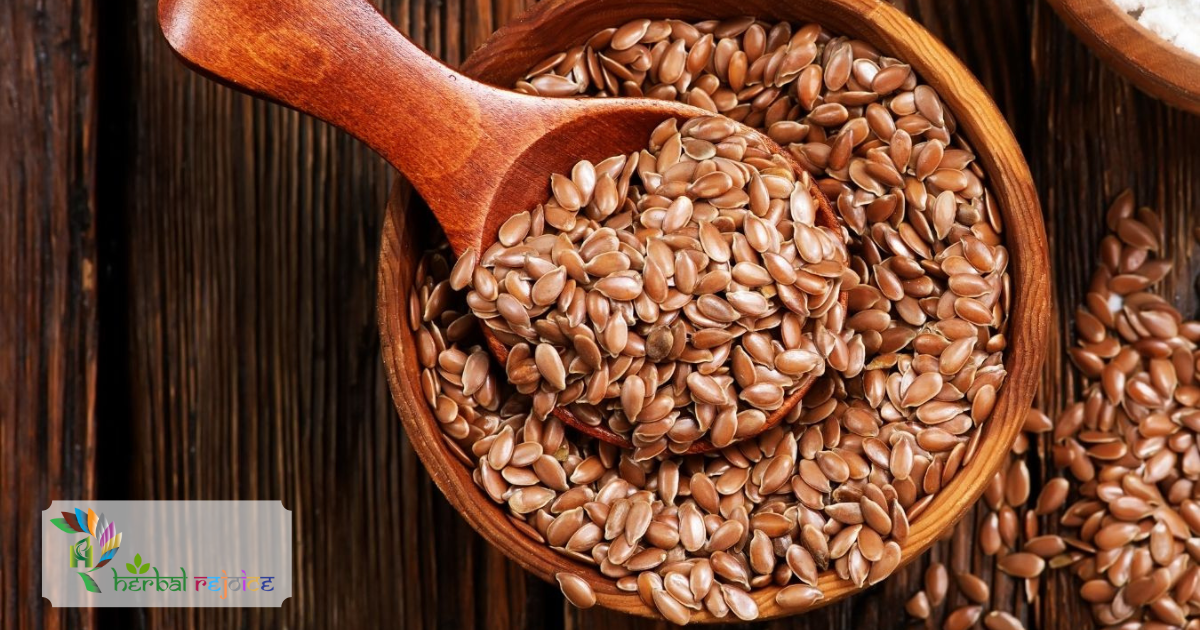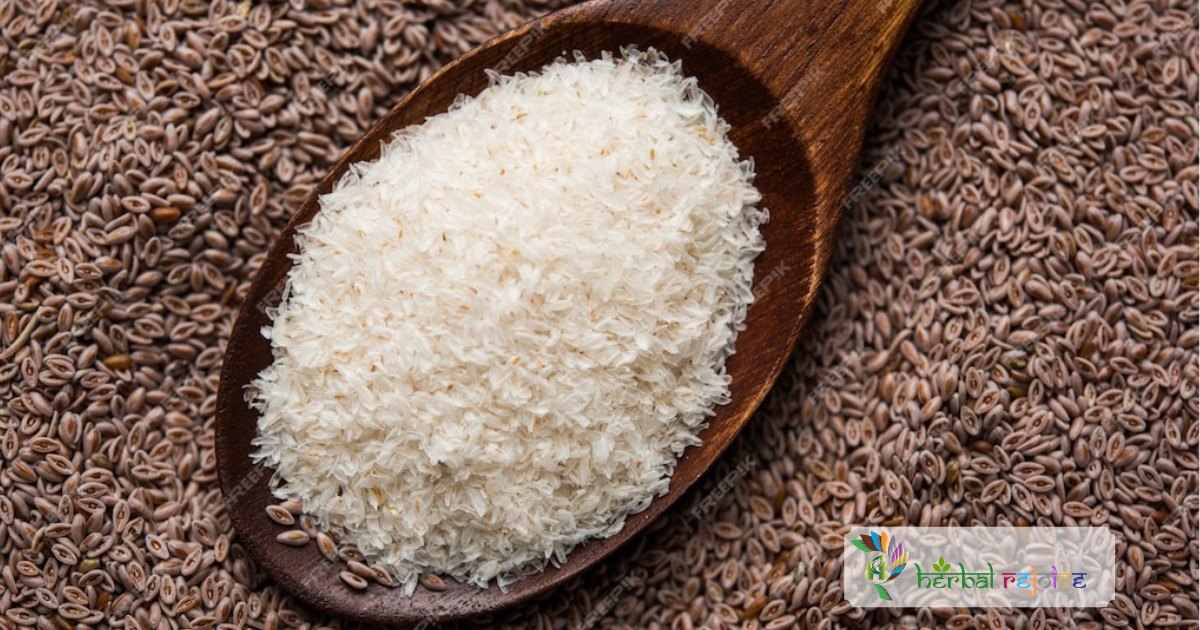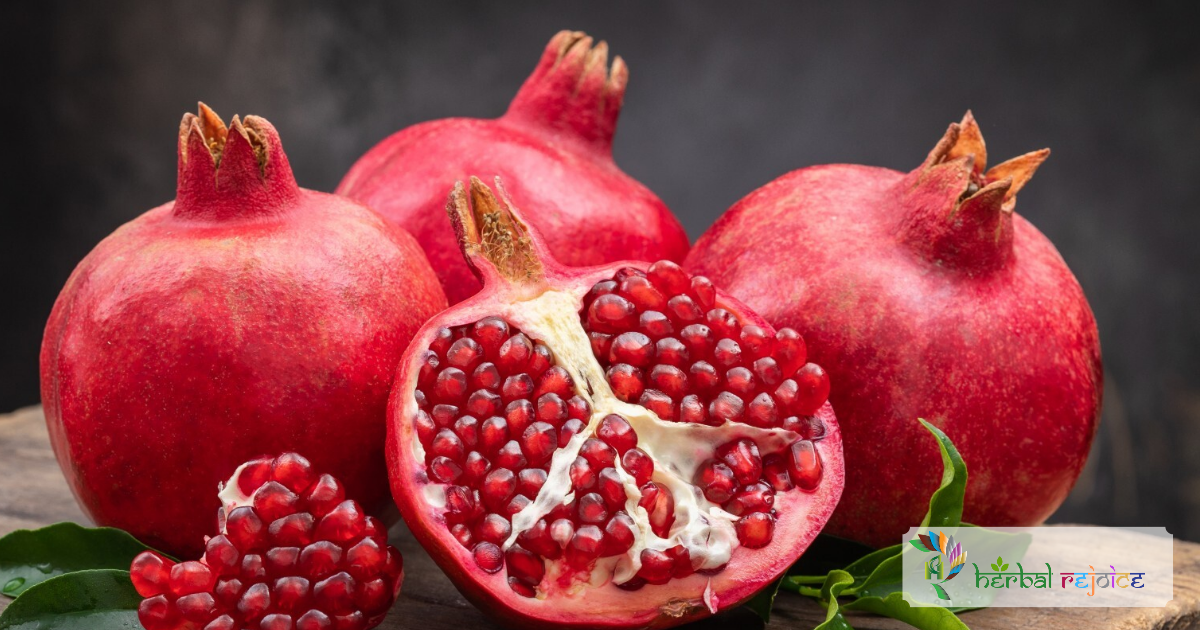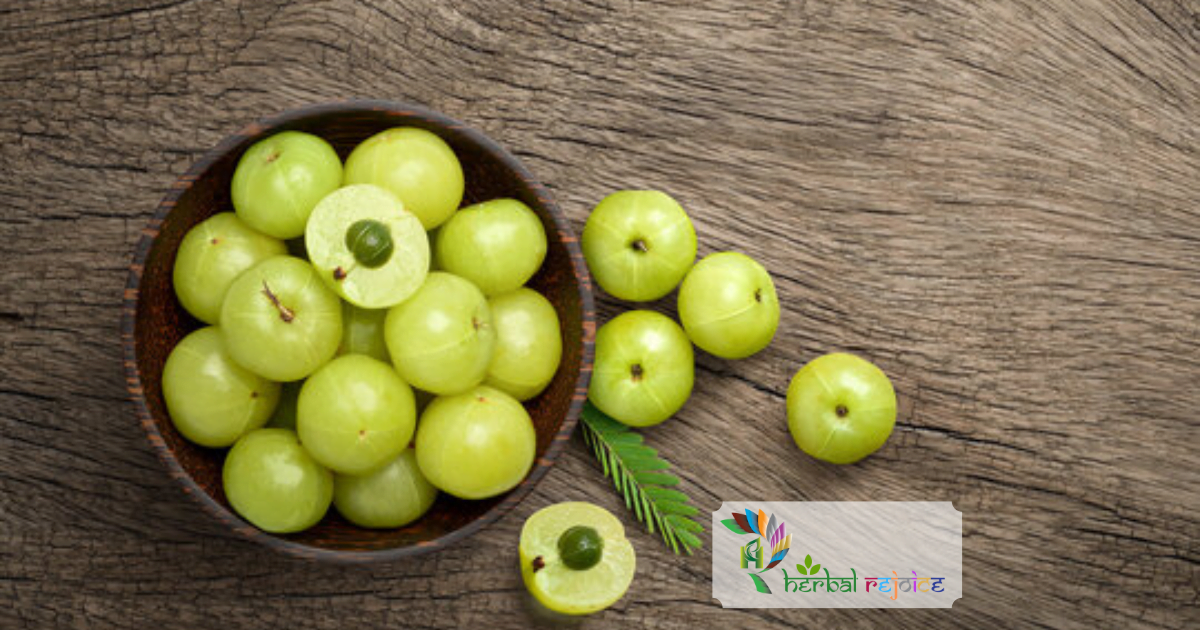Flaxseed, also known as Linseed, is rich in fibre, omega-3 fatty acids, and phytoestrogens. They have been used to treat respiratory disorders, digestive complaints, and many more.
Synonyms and Biological Sources
Flaxseed, also known as Linseed, comes from the plant Linum usitatissimum Linn, belonging to the family Linaceae. It contains not less than 25 per cent of fixed oil and not more than 1 per cent of foreign organic matter.
Discovering Flaxseed’s Geographical Origins
Flaxseed thrives in various regions worldwide, including Russia, Canada, the USA, Argentina, Egypt, Algeria, Italy, Greece, and India.
In India, Flaxseed is cultivated primarily for its seeds, with states like Uttar Pradesh and Madhya Pradesh playing significant roles in its commercial cultivation.
Exploring Flaxseed’s Macroscopical Characteristics
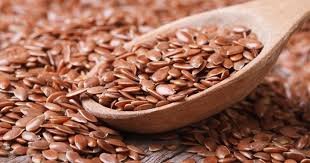
Flaxseed presents as glossy, elongated, ovate seeds with a characteristic size of about 4-6 mm in length and 2-2.5 mm in width.
The seeds are strongly flattened, rounded at one end, and obliquely pointed at the other. They have a mucilaginous and bland taste, while their colour appears brown.
Unravelling Flaxseed’s Chemical Composition
Flaxseed boasts an impressive array of chemical constituents. Flaxseed contains approximately 20-40 per cent of fixed oil, 20 per cent of proteins, and 2-7 per cent of mucilage. Additionally, it contains a cyanogenetic glycoside known as linamarin, pectin (about 10 per cent), and an enzyme called linase.
The Legacy of Flaxseed Throughout History
Flaxseed, or Linseed, has been an integral part of human diets and lifestyles for thousands of years. Archaeological findings from Mesopotamian cities revealed irrigation systems that supported flax cultivation.
This versatile plant served as a significant source of clothing fibre until cotton’s popularity soared in the late eighteenth century. Originating from temperate regions of Asia and Europe, flax made its way to North America in the early 1600s and has since been grown worldwide for its food, fibre, and oil.
The Nutritional Powerhouse: Flaxseeds for Optimal Health
Flaxseeds emerge as a powerful health-promoting nutritional substance, offering soluble and insoluble fibre, omega-3 fatty acids, and phytoestrogens.
In Ayurvedic tradition, practitioners use flax to address respiratory disorders, digestive complaints, and urinary tract irritations.
In the seventh century BC, even Hippocrates recognised Flaxseed’s benefits in treating abdominal cramping.
The Science Behind Flaxseed: A Treasure Trove of Health Benefits
Numerous studies have highlighted the remarkable benefits of Flaxseed. It has shown promise in reducing serum cholesterol levels, particularly LDL cholesterol, the “bad” cholesterol, thus lowering the risk of heart disease.
Flaxseed lignans, a type of phytoestrogen, may have protective effects against hormonally sensitive tumours, such as breast cancer, colon cancer, and malignant melanoma.
Flaxseed’s rich omega-3 fatty acid content has also been studied for its potential anti-inflammatory properties, showing positive results in inflammatory conditions like rheumatoid arthritis and systemic lupus erythematosis.
Incorporating Flaxseed into Your Diet: Simple and Effective
Adding Flaxseed to your diet is one of the easiest and most cost-effective ways to boost your health. These versatile seeds can be used whole or ground and incorporated into various dishes, such as granola, sautéed vegetables, and baked goods.
Moreover, many farms and dairies feed Flaxseed to chickens and cows to increase omega-3 fatty acids in eggs and milk, which may further benefit human health.
Ayurveda and Flaxseed: A Soothing and Emollient Herb
In Ayurveda, Flaxseed is considered soothing and emollient in its raw form, while roasted seeds have a drier, hotter quality. With its primary tastes of sweetness, astringent, and heating potency, Flaxseed pacifies Vata but may mildly aggravate Pitta and Kapha when consumed in large quantities.
Precautions: Embrace Flaxseed’s Safe Nutritional Profile
Flaxseed has been part of human diets for thousands of years, making it a safe nutritional product. It acts as a mild bulk laxative, similar to psyllium, and is more suitable as a preventive bowel tonic than for acute treatment of constipation.
In Conclusion: Embrace the Greatness of Flaxseed
Flaxseed, or Flaxseed, is a nutritional powerhouse cherished by civilisations throughout history. Its potential health benefits, including cholesterol-lowering properties, protective effects against certain cancers, and possible anti-inflammatory actions, make it a valuable addition to our diets.
Embrace the greatness of Flaxseed by incorporating it into your daily meals, and let it contribute to your journey towards healthier living. With its impressive array of nutrients, Flaxseed can become a treasured ally on your path to wellness.
Frequently Asked Questions (FAQ) about Flaxseed (Linseed)
What are the synonyms of Flaxseed?
Linseed; Linum; Alsi are synonyms of Flaxseed.
What is the biological source of Flaxseed?
Flaxseed consists of dried ripe seeds of the Linum usitatissimum Linn. family Linaceae. It contains not less than 25 per cent of fixed oil and not more than 1 per cent of foreign organic matter.
Where is Linum found geographically?
Linum is present in Russia, Canada, the USA, and Argentina. Cultivation is focused on fibre flax in Egypt, Algeria, Italy, and Greece. In India, both fibres and oil are cultivated. India has four Flaxseed species, yet only Linum usitatissimum is grown for its oil content.
What are the macroscopical characteristics of Flaxseed?
The seeds of Flaxseed are about 4-6 mm long and 2-2.5 mm wide. They are elongated, ovate, strongly flattened, rounded at one end, and obliquely pointed at the other. The seeds are glossy, with one end having a slight depression enclosed in hilum and micropyle. From the hilum, a yellowish raphe runs to the chalazas.
What are the chemical constituents of Flaxseed?
Flaxseed contains about 20-40 per cent of fixed oil, 20 per cent of proteins, mucilage (2-7 per cent), a cyanogenetic glycoside called linamarin, pectin (about 10 per cent), and an enzyme linase.
What is the historical significance of Flaxseed?
Flax has been part of human diets since ancient times. Archaeologists have found evidence of its cultivation in Mesopotamian cities dating back seven thousand years. Flax was a primary source of clothing fibre until cotton gained popularity in the late eighteenth century.
What are the health benefits of Flaxseeds?
Flaxseeds are rich in soluble and insoluble fibre, omega-3 fatty acids, and phytoestrogens. They have been used in the Ayurvedic tradition to treat respiratory disorders, digestive complaints, and urinary tract irritations.
What scientific evidence supports Flaxseed’s role in reducing cholesterol levels?
Studies have shown that adding Flaxseed to the diet may help lower serum cholesterol levels in animals and human beings. The alpha-linolenic acid component of Flaxseed is linked to reducing fat deposition in major blood vessels and improving cholesterol levels.
What are the potential effects of Flaxseed’s lignans on cancer prevention?
Studies in animals have suggested that flaxseed lignans have protective effects against hormonally sensitive tumours, particularly breast cancer, colon cancer, and malignant melanoma.
What are the practical uses of Flaxseed?
Flaxseed is a cost-effective way to enhance health. It is a valuable source of fibre that improves bowel function. Flaxseed can be used whole or ground in dishes like granola, sautéed vegetables, breads, and muffins.
Are there any potential applications of Flaxseed in animal feed?
Several farms and dairies are adding Flaxseed to the feed of chickens and cows to increase the amount of omega-3 fatty acids in eggs and milk, which may help lower cholesterol levels.
How has Flaxseed been traditionally used for skin infections and abscesses?
Flaxseed has been used as a poultice for skin infections and abscesses. A few tablespoonfuls are wrapped in a white cotton bandage, boiled in water until soft, and then applied to the wound to increase circulation.
How can one use Flaxseeds in daily consumption?
Flaxseeds can be easily found in health-food stores and grocery stores. The usual dosage in studies showing benefits is 50 grams daily, equivalent to about one-quarter cup of flaxseeds daily.
What are the primary tastes of Flaxseeds in Ayurveda?
Flaxseeds carry the primary tastes of sweet and astringent, with a heating potency. They are pacifying to Vata but may be mildly aggravating to Pitta and Kapha when taken in high dosages.
Are there any precautions to consider when consuming Flaxseed?
Flaxseed is generally safe for consumption and has been part of human diets for thousands of years. Respiratory allergies reported in textile workers inhaling flax fibres are irrelevant to internal ingestion. Flaxseed acts as a mild bulk laxative and is used as a preventive bowel tonic rather than for acute treatment of constipation.
What are the major health-promoting constituents of Flaxseed?
Flaxseed is abundant in fixed oil, proteins, mucilage, cyanogenetic glycoside (linamarin), pectin, and enzymes. It also contains omega-3 fatty acids linked to various health benefits.
What are the geographical sources of Linum cultivation?
Linum is cultivated in Russia, Canada, the USA, Argentina, Egypt, Algeria, Italy, Greece, and India. In India, farmers cultivate Linum usitatissimum for its oil content and fibres.
What are the recommended flaxseed cultivation and collection methods in India?
In India, Flaxseed is cultivated as a Rabbi crop, and the seeds are sown in October. The crop is ready for harvest by February/March. The broadcasting cultivation method is adopted, and the distance between two rows is about 30 cm.
How do Flaxseeds contribute to cardiovascular health?
Flaxseeds help lower serum cholesterol levels and reduce fat deposition in major blood vessels, improving cardiovascular health.

